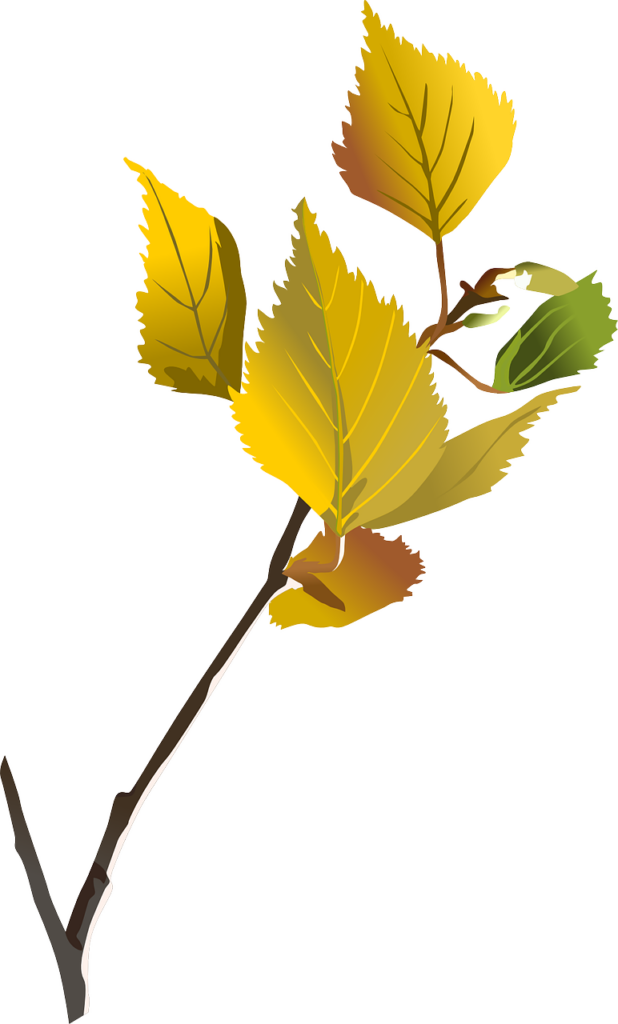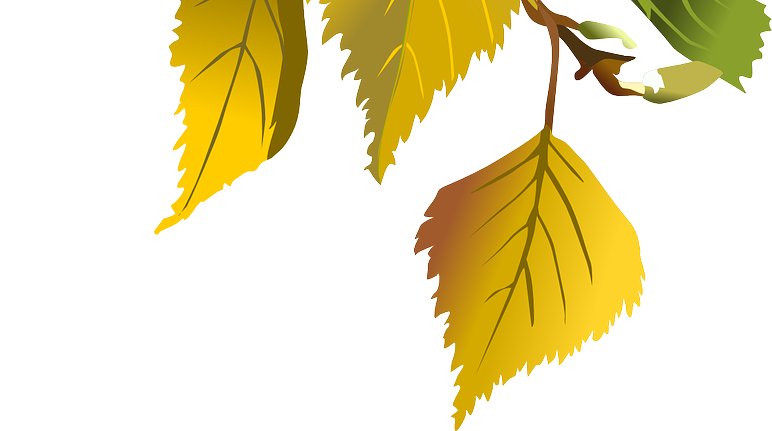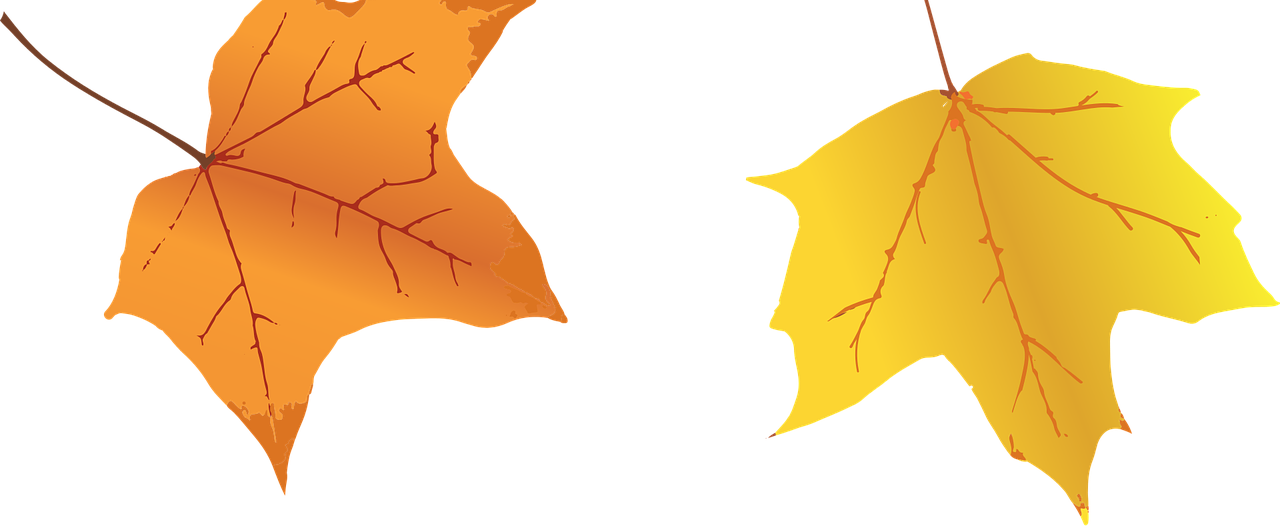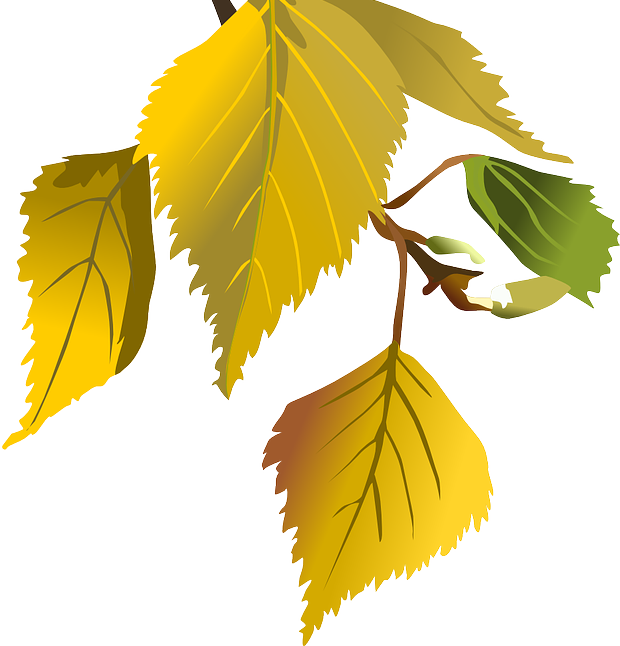
The Healing Power of Creative Arts in Mental Health
by Rory Tallon-Hicks // April 29, 2025
As an occupational therapist working in inpatient psychiatric care, I am privileged to assist individuals as they navigate their mental health challenges and begin to explore ways to restore their sense of well-being. Mental health conditions can significantly impact a person’s ability to function in daily life, often making it difficult to engage in activities that once brought joy, purpose, and meaning. Creative pursuits such as drawing, painting, playing music, writing, or crafting may seem like simple pastimes, but they can be valuable tools for mental health recovery.
Engaging in creative expression goes beyond producing tangible results — it elicits emotions, some of which are easily recognized, while others are more subtle and require deeper reflection. If an individual identifies or discovers a meaningful activity that brings on positive feelings, it is important to consider how those activities can be incorporated into their daily routines. For some, connecting or reconnecting with artistic expression can rekindle a sense of purpose and be a reminder of their strengths.
Occupational therapists may encourage patients to reflect on how they relate to creativity and the positive effects it can have on their mental health, offering an environment where individuals can explore creative outlets as part of their broader journey toward healing. This process may begin by simply introducing someone to artistic activities they have never tried or helping them rediscover an old passion that once held deep meaning. We often start small and make activities accessible, adjusting them to fit the person’s needs and interests. Once creative experiences are identified, we can then work together to incorporate them into their daily routines in meaningful ways.
A framework I often use to guide this process is Sue Parkinson’s Recovery Through Activity, which offers prompts for self-reflection and group discussions. Participants are encouraged to consider the positive outcomes they have experienced through creativity in the past, and what they hope to experience moving forward. These include a variety of mental and emotional benefits, such as a greater sense of control, the opportunity to contribute to others, feelings of freedom or releasing emotions, and being seen as capable or worthy of praise. Creative endeavors can also promote resilience, allowing individuals to become more comfortable with making mistakes, communicating without words, and making abstract feelings more tangible.
One common reflection from patients is that creative activities simply “make them feel better.” For many, it is an opportunity to experience moments of peace away from the stress of daily life. For others, creative pursuits can provide an opportunity for social interaction, allowing individuals to share their interests with others and foster a sense of community and belonging. Whether it’s finding a moment of calm, gaining a sense of satisfaction from creating something or fostering a sense of connection, these activities can offer benefits that can be overlooked.
Our therapeutic program offers a range of creative outlets for patients to explore, including art, writing, music, movement, or other forms of self-expression. These activities provide opportunities for personal expression, healing, and growth. The freedom to choose how one spends their time—and to create something meaningful in the process — is a powerful tool for personal recovery. It is a reminder that healing does not always occur in grand, dramatic moments, but rather in the small, everyday choices we make. For some, creativity becomes a regular part of self-care, proactively fostering well-being. For others, it serves as a tool for coping with distress, providing a constructive outlet for processing difficult emotions.
By integrating opportunities for creative activities in daily life, individuals can discover new interests or explore creative outlets they had not considered before. Whether trying something for the first time or revisiting an old passion, engaging with creativity can bring a sense of joy and fulfillment. These activities, whether large or small, can become a part of the healing process, moving individuals closer to their goals.
TRY THIS: ‘FOUND POETRY’
For an accessible and unique way to engage with creativity, try Found Poetry. This activity involves creating poetry from existing texts — like newspapers, magazines, or books.
How it works:
Choose Your Source: Look through a magazine, newspaper, or an old book you no longer need.
Look for Words: Scan through the text and cut or tear out words or phrases that resonate with you, spark a thought, or evoke a feeling. Do not worry about context – just focus on what catches your attention.
Create Your Poem: Using the selected words, arrange them into a poem. Reorder the words to form a new meaning or message.
Alternatively, you can cut out many words or phrases, put them into a box or envelope and pull out a small pinch of words each time you want to make a poem.
Read and Reflect: Once your poem is complete, take a moment to read it aloud. What did you get out of the experience? Notice how the process or outcome made you feel.
Ask Yourself: Are you interested in doing this in the future? How might you incorporate this creative practice into your routine?
Rory Tallon-Hicks is the Director of Occupational Therapy at The Brattleboro Retreat.




